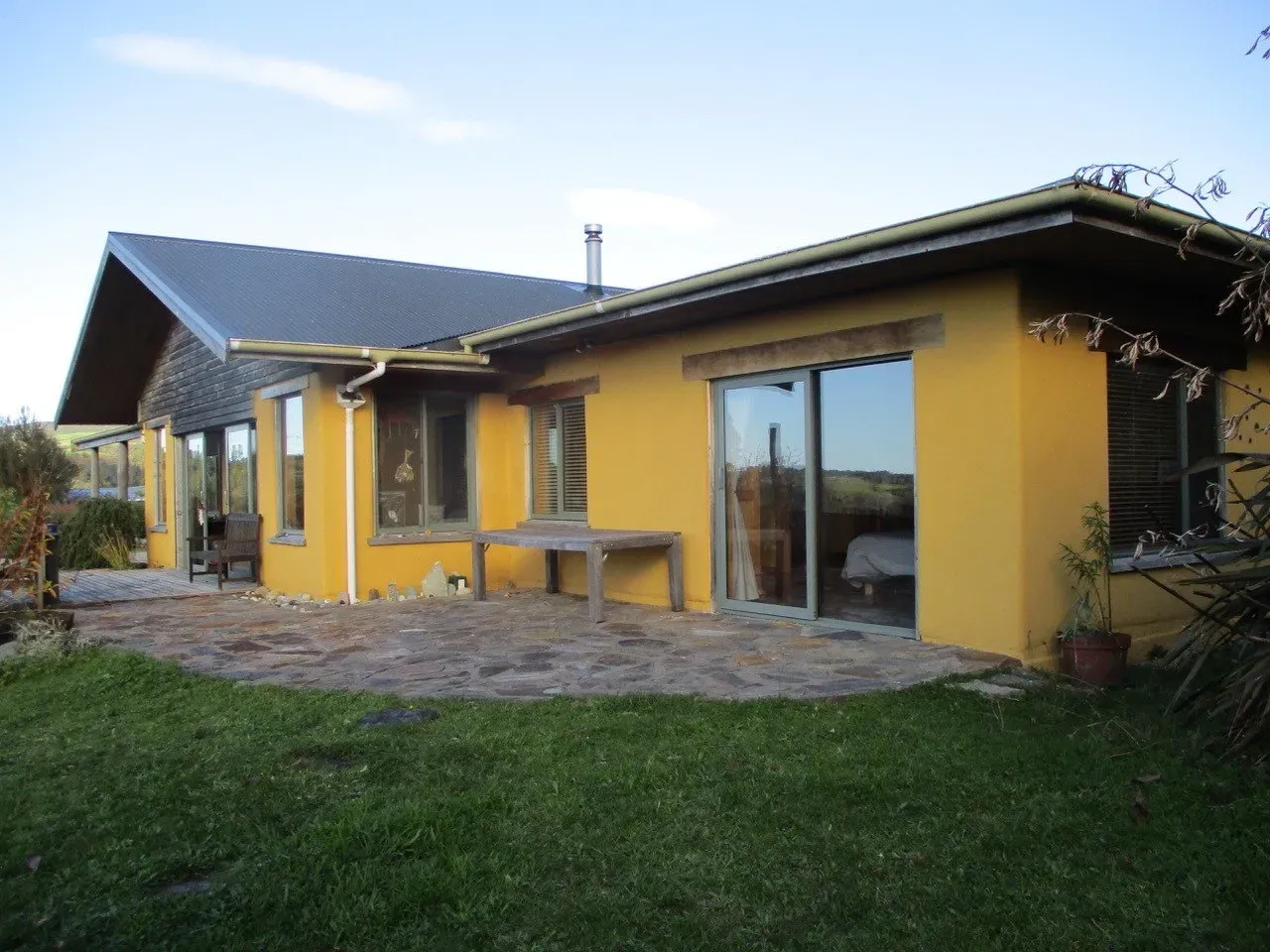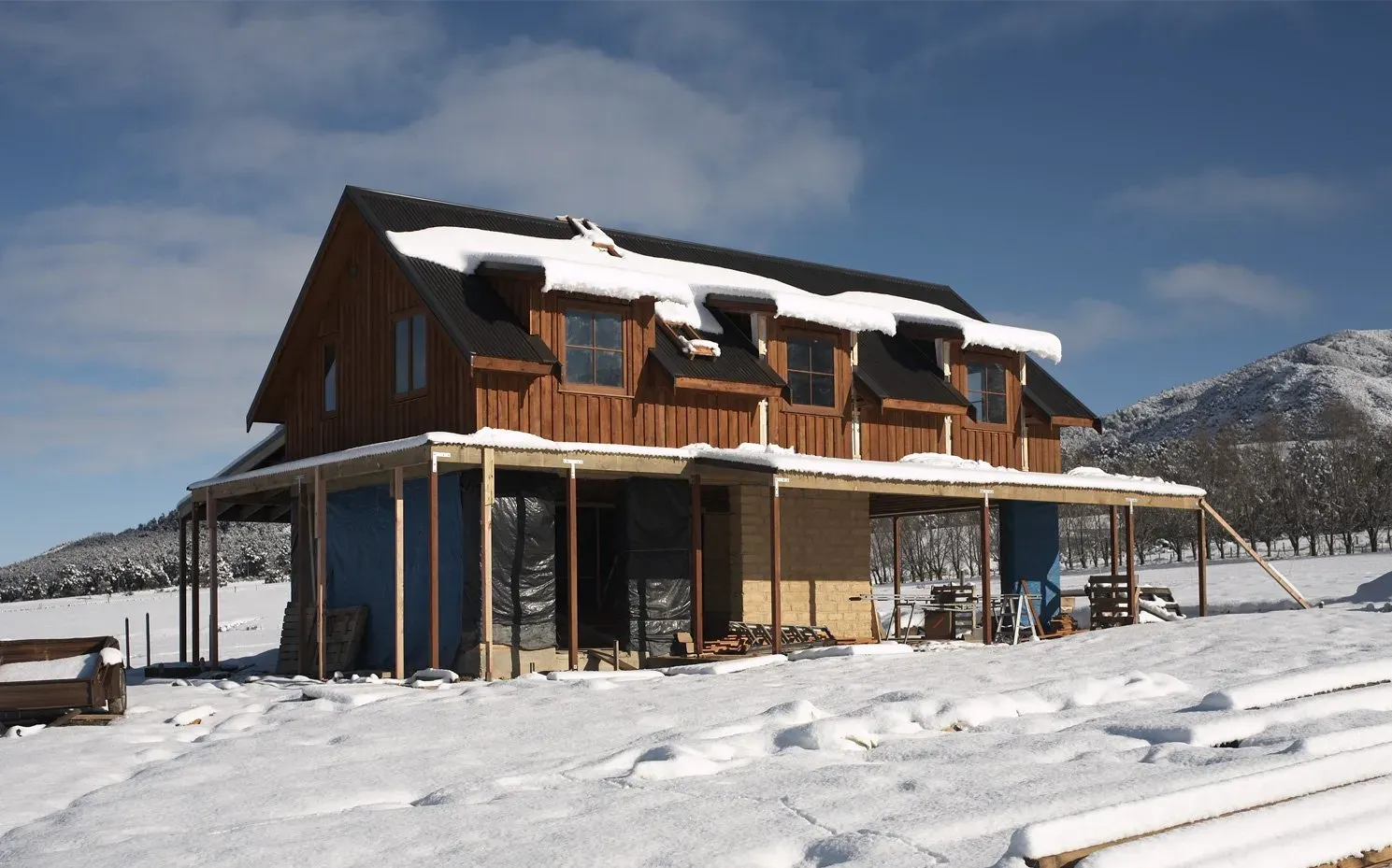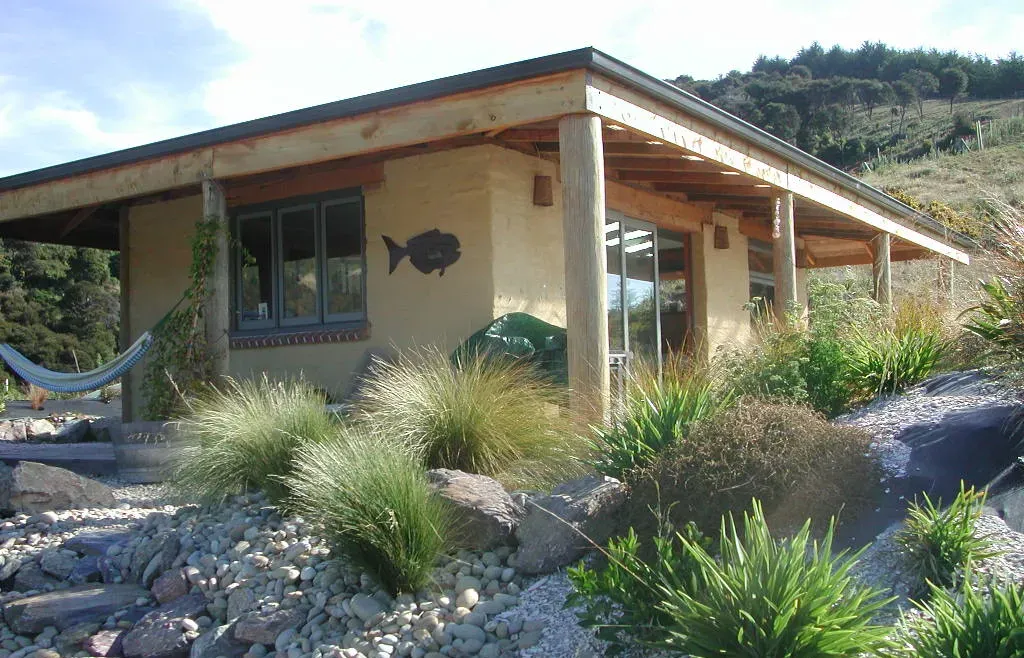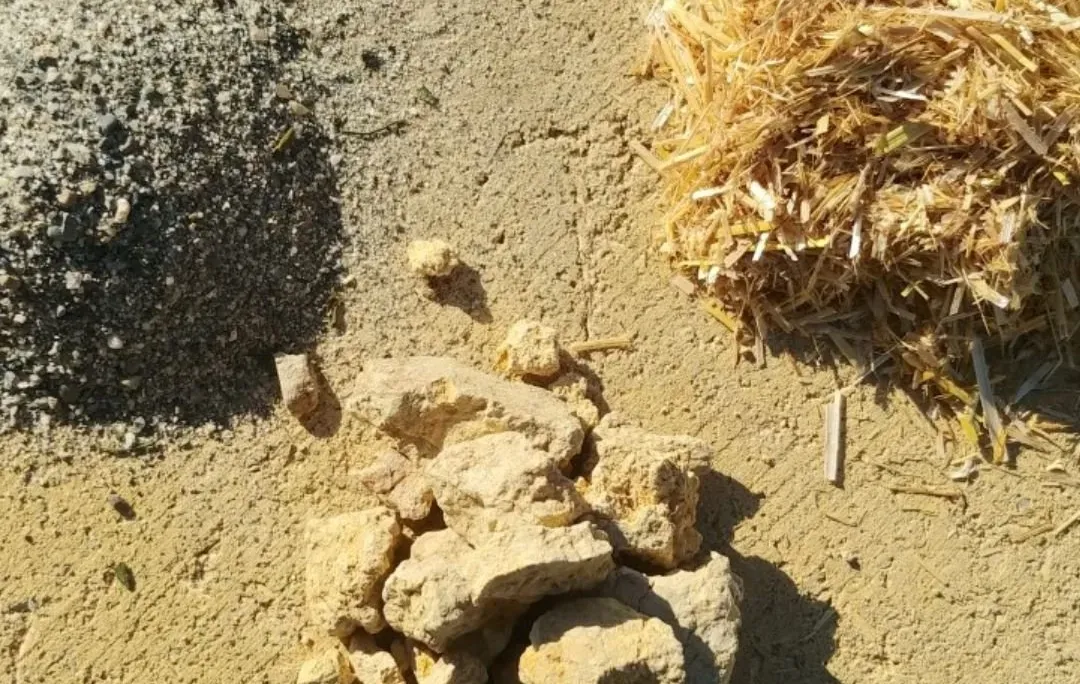The Essence of Breathability in Earth Building: A Practical Guide

In this blog post, we shall delve into the often misunderstood concept of breathability within the context of natural and earth building. This exploration aims to demystify breathability, emphasizing its practical implications and its paramount importance in the construction of sustainable, natural structures.
Key Takeaways:
- Understanding Breathability: Breathability in earth building is not about air gaps or draftiness, but the ability of building materials to allow water vapour to permeate without condensation, ensuring structural health and longevity.
- The Importance of Vapor Permeability: The capacity of earth building materials to absorb and release water vapor is crucial for maintaining a dry and healthy living environment.
- Surface Coatings and Permeability: Choosing the right surface coatings is essential; inappropriate choices can trap moisture, leading to structural damage and health risks.
- Potential Risks of Trapped Moisture: Moisture entrapment can weaken structural integrity, encourage mold growth, and compromise the aesthetic and physical aspects of natural buildings.
- Practical Application and Maintenance: The Earth Building Academy provides in-depth knowledge on selecting and applying appropriate materials, emphasizing testing methods and maintenance practices for earthen buildings.
After reading this introduction to the complexities and nuances of breathability in earth building, you may find it helpful to watch a detailed live presentation I conducted on the subject. This video will provide you with a deeper, more nuanced understanding of the concepts and practices discussed here.
Understanding Breathability in Natural Building
Why Breathability Matters in Earth Building
Breathability is a term that often causes confusion but is crucial in natural and earth building. It's about allowing buildings to 'breathe,' essentially enabling moisture and air to move through the building materials. This concept is not about draftiness or air gaps but about the health and longevity of a building.
As an earth building artisan with 30 years of experience, I've seen firsthand how breathability impacts the quality and durability of natural structures. At our Earth Building School, we emphasize the importance of breathability, especially in unstabilized earth building – a passion and speciality of ours.
The Misconceptions and My Journey
Reflecting on my journey, I recall my days as an architecture student at the Technical Institute in Zurich, Switzerland. It was here that I first encountered misconceptions about breathability. A lecture conflated airtightness with breathability, igniting my determination to clarify these concepts in the field of natural building. This experience fueled my advocacy for sustainable and healthy buildings, aligning with my concerns about climate change and human health impacts.
The Technicalities of Breathability
Key Definitions: Understanding the Basics
Before we dive deeper, let's clarify some essential terms:
- Permeability: This is the measure of a material's ability to allow fluids or gases (in our case, water vapor) to pass through it. In earth building, permeability refers to how well building materials like earth walls allow moisture to move through them.
- Permance: Often measured in perms, permance is a specific metric used to quantify the rate of water vapor transmission through a material. It's crucial for determining the suitability of surface coatings on earth walls, ensuring they align with the breathability requirements of the building.
- Water Vapor: Simply put, water vapor is water in its gaseous state, present in the air around us. In buildings, the movement of water vapor is a key factor in managing humidity and preventing moisture-related issues like mold growth or structural deterioration.
Vapor Permeability: The Key to Understanding Breathability
The concept of breathability in building materials, particularly earth, is intimately tied to their ability to absorb and release water vapor. This characteristic is vital for maintaining a healthy, dry living environment. In our Earth Building Academy’s 3-month online program, we explore these technical aspects in great detail, offering a thorough understanding of how to apply these principles in practice. For more information on this comprehensive exploration, visit Earth Building Academy.
The Role of Surface Coatings
A significant aspect of breathability is the choice of surface coatings. When we apply non-breathable coatings to earth walls, we risk trapping moisture, leading to potential damage. In contrast, compatible coatings, such as traditional lime plasters or certain silicate-based paints, allow moisture to pass through, maintaining the wall's breathability.
Permeability and Permance: Understanding the Standards
In our teachings, we stress the importance of adhering to specific standards for permeability and permance (a measure of vapor transmission). For instance, the New Zealand Earth Building standards, which we follow closely, provide guidelines on the minimum permance for surface coatings on earth walls. Adhering to these standards ensures that our buildings remain both durable and breathable.
The Role of Surface Coatings
When selecting surface coatings for earth walls, understanding and considering their permeability and permance is essential. Coatings that are too impermeable can trap moisture within the walls, leading to potential damage. On the other hand, suitable coatings like traditional lime plasters or certain silicate-based paints allow the walls to 'breathe' by permitting moisture to pass through, thus maintaining the wall's breathability.
Practical Application and Maintenance
Testing and Choosing the Right Materials
Due to the diverse nature of earth as a building material, it's crucial to test how different coatings interact with specific types of earth. This process ensures the chosen material complements the natural properties of the earth, adhering to the standards of permeability and permance. Such practical applications and testing methodologies form a core part of our curriculum at the Earth Building Academy.
Breathable Surface Coatings for Earth Buildings
Lime Plaster: A traditional coating made from a mixture of lime, sand, and water. Lime plaster allows for high vapor permeability, enabling walls to breathe effectively while providing durability.
Casein Paint: Derived from milk proteins, casein paint is a natural, eco-friendly option. It offers good permeability, allowing moisture to escape and is suitable for both interior and sheltered exterior applications.
Clay Paint: Made from natural clay, pigments, and sometimes an additional binder such as flour paste, clay paint is highly breathable and environmentally friendly. It's ideal for maintaining the natural aesthetics and functionality of earth walls. It is suitable for interior and sheltered exterior applications
Silicate Paint: Composed of mineral silicates, this paint forms a durable, breathable coating. It adheres well to mineral substrates, offering high breathability and moisture control while being very resistant to weathering.
Lime Wash: A simple mixture of lime and water, lime wash is a breathable, protective coating. It is applied in multiple coats and is very breathable, but not that water-proof. Be mindful of solely relying on lime wash to weather-proof earthen buildings, especially in exposed situations.
Long-Term Care and Sustainability
Maintenance plays a pivotal role in the longevity of earth buildings. Breathable finishes, while not entirely waterproof, need regular upkeep to preserve their protective qualities. In our teachings, we advocate for simple, sustainable practices that align with the natural characteristics of earth materials.
Join the Conversation and Learn More
Engaging with Our Community
We encourage an active learning environment, both online and in-person. If you have experiences, questions, or insights about natural building materials and techniques, I invite you to join our Facebook Group. Sharing knowledge helps us all grow and promotes a healthier, more sustainable approach to building.
Discover In-Depth at Earth Building Academy
For those keen to explore the intricacies of earth building, our 3-month online program Earth Building Academy offers comprehensive education and mentorship. This course provides detailed instruction on material selection, application techniques, material testing, and much more. Discover how you can enhance your skills and knowledge in earth building by visiting Earth Building Academy.
In closing, remember that the journey to mastering earth building is ongoing. By understanding and respecting the natural properties of earth, we can create structures that are not only environmentally sustainable but also inherently healthy and durable. I hope this discussion has helped clarify the critical concept of breathability in earth building and inspired you to learn more about the use of natural materials in construction.







